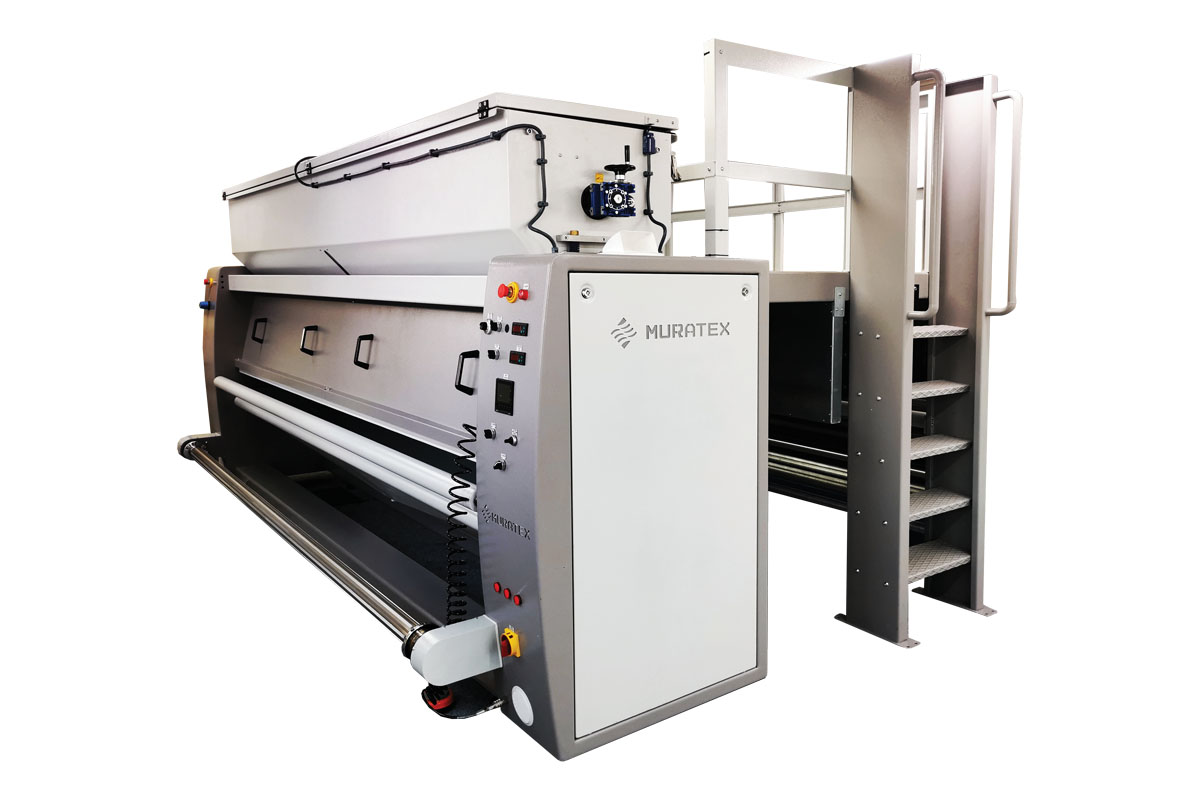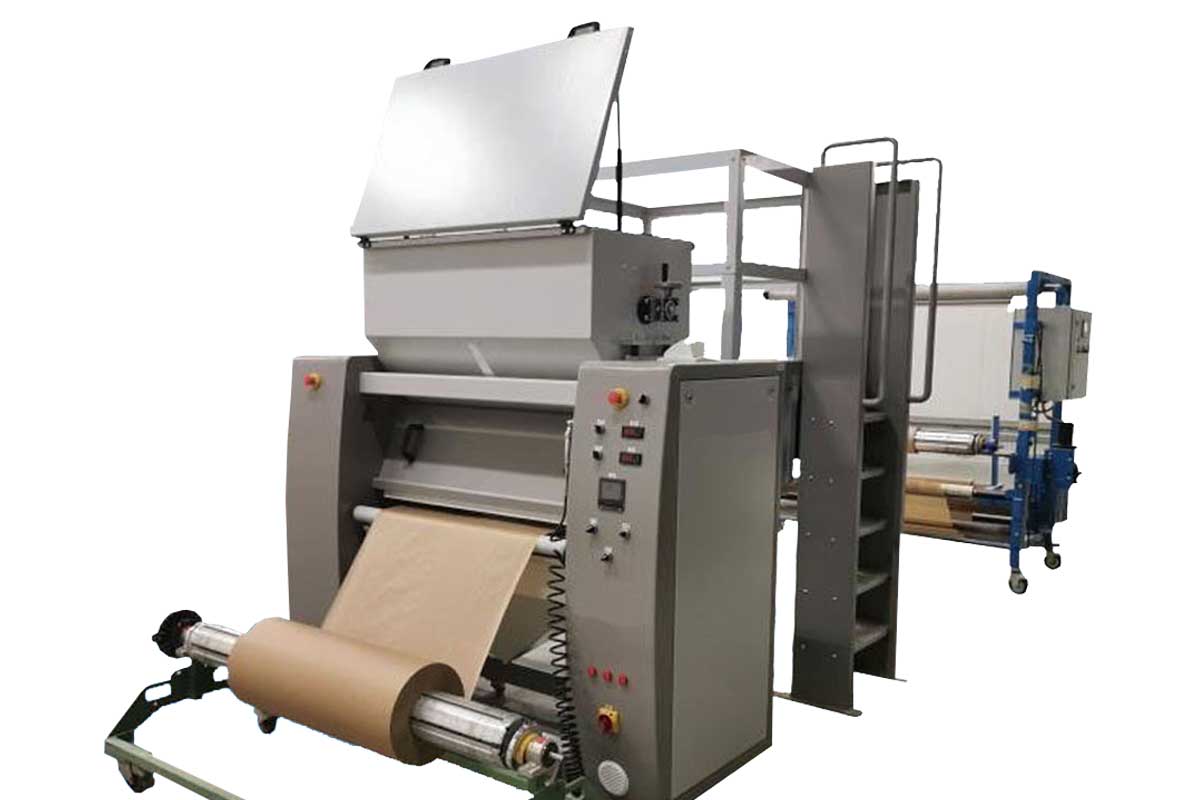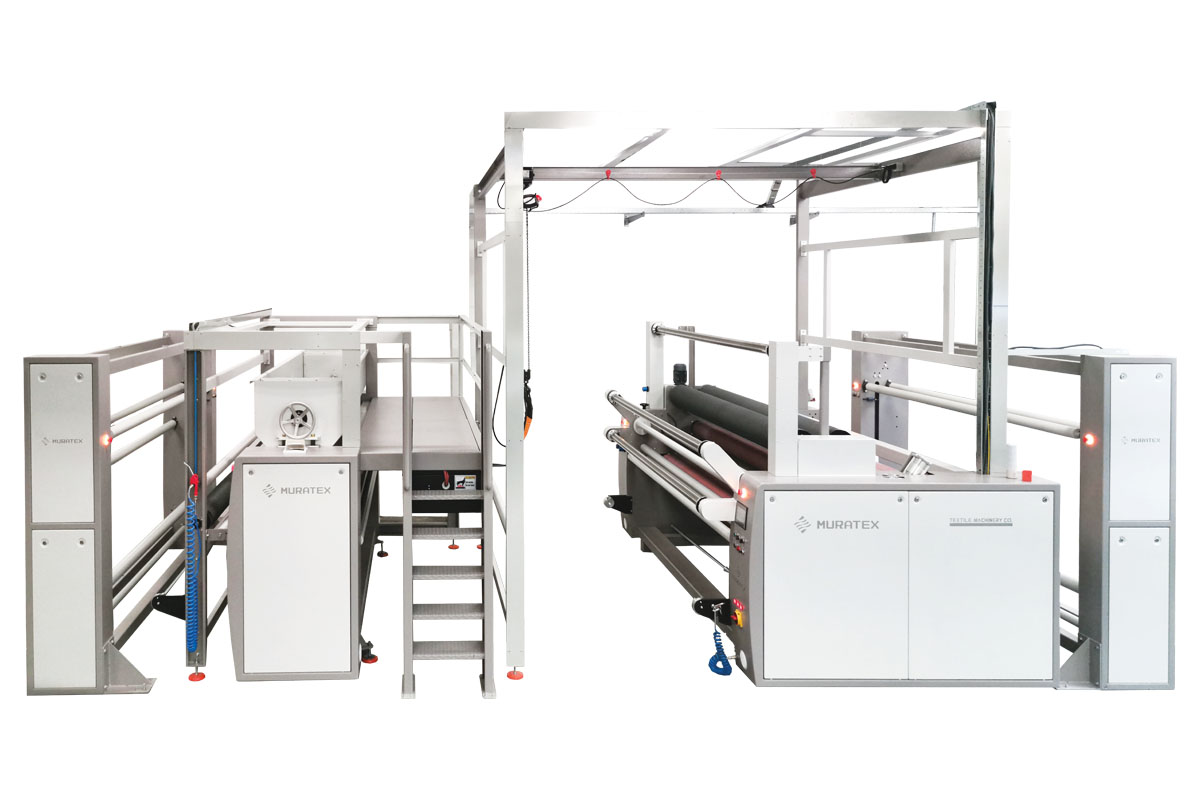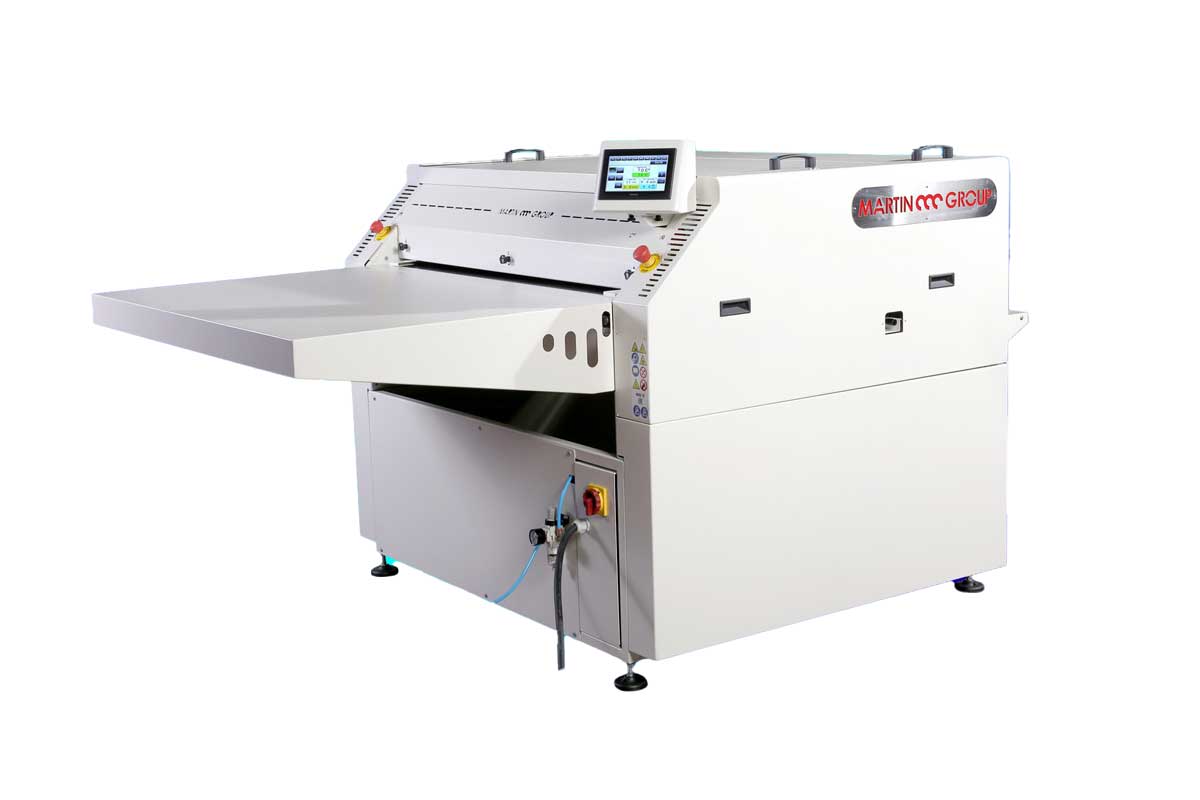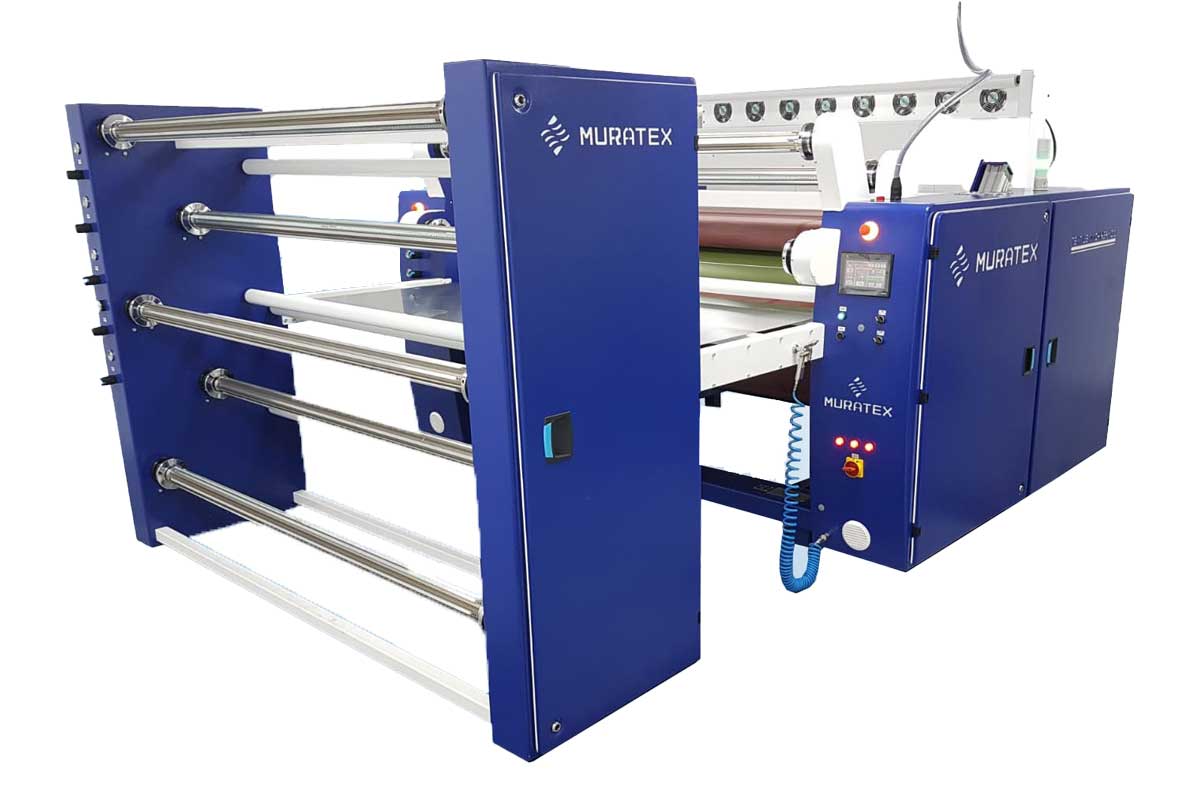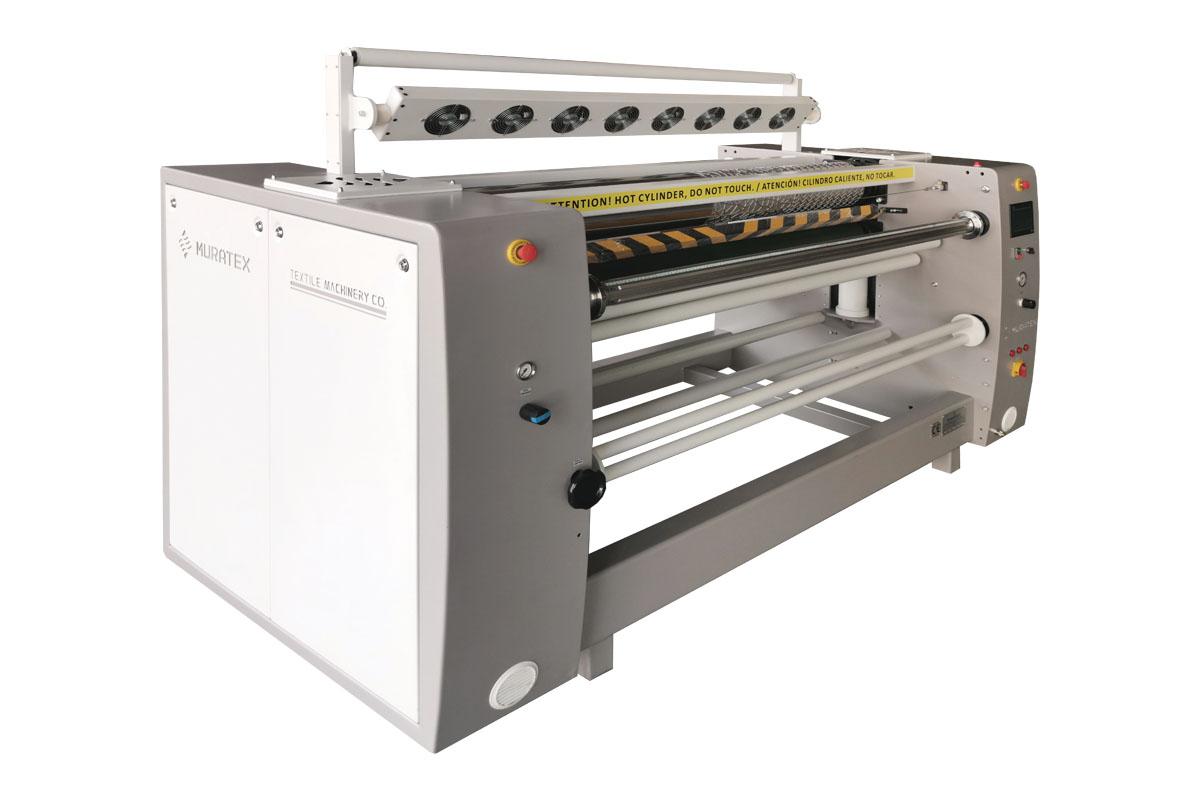Minimal maintenance is required for these powder scattering machines and the maintenance and cleaning task is made easier and less painful, as the powder scattering units offer easy access to the oscillating brush and roller, thus reducing production downtime during servicing and cleaning schedules.
Waste is also minimised, thanks to a collection bin underneath the powder scattering device, which gathers any residual powder for re-use.
A wide range of powders can be used and the desired amount of coating can be achieved through synchronizing the scattering with the speed of the production line. The required scattering width can be adjusted to be step-less and even asymmetric, if required, over the complete web width. Rest assured that the required working width can be easily adjusted.
Other options to consider include:
- ionisation bars for minimising static
- measuring device that shows the remaining powder available
- powder supply suction hose, for connection to the thermoplastic storage vessel, big bag or container
- IR section for sintering the powder to the substrate
- access frame, with bin and working platform
- an automatic supply unit, to be used in conjunction with the powder scattering device, with a movement mechanism for the supply nozzle based on a rail system
- a feeding system based on a spiral design
- a cover for the buffer container and side panels of the scattering area
Dryer Options
- thermally insulated covers and side panels
- cooling for the roller bed
- Teflon-coated transport belts
Production considerations
After scattering the powder, it is important to ensure it stays on the correct areas of the web surface. Where the substrate surface is not able to do this, a compact Infra-Red (IR) section can be incorporated, to sinter the powder to the surface. By adjusting the heat applied, the desired effect can be achieved, with no damage to, or uncontrolled shrinkage of, the substrate.
For powders with a high melting point (i.e. PEEK or PPS for composite applications), an IR oven may be required. Our designs can incorporate custom-built Infra-Red ovens solutions to achieve this. The oven can be configured with several, independently controlled, individual sections, so each section can be set at specific temperatures over the length of the oven. There is also the ability to shut-off over the width of the web, thereby ensuring the best possible heat application and most efficient use of energy. The bonding process can be completed by using a two-roller nip, with adjustable pressure and cooled/Teflon covered squeezing roller.
